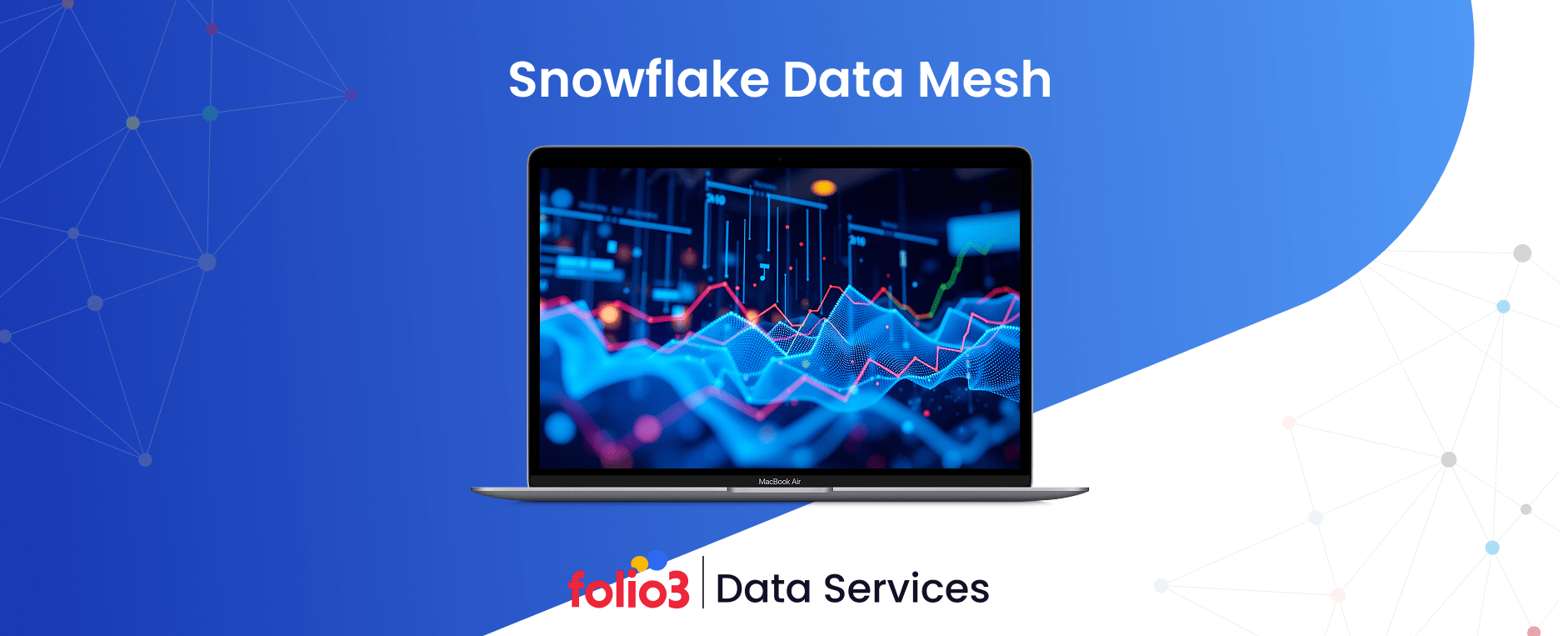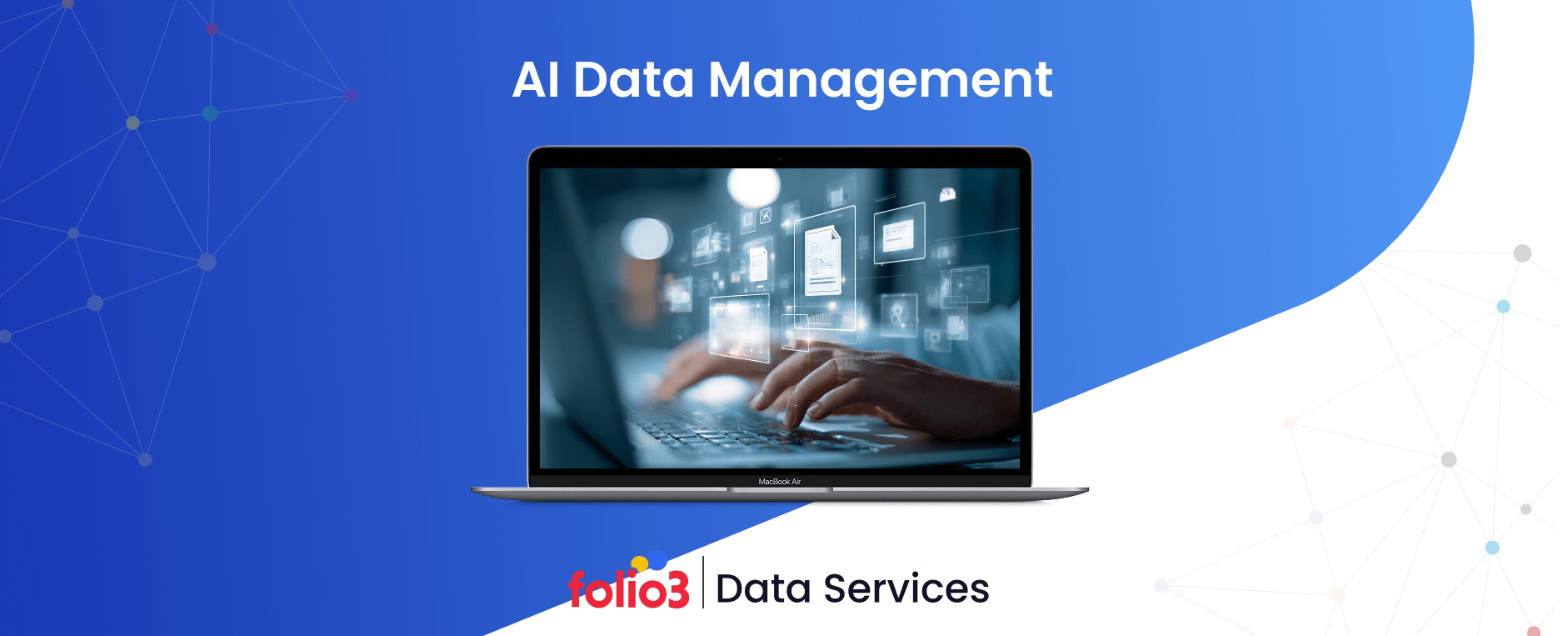Imagine a world where valuable information is scattered around like puzzle pieces. You have bits and bobs of data from sales figures, customer surveys, and social media, but it’s all a jumbled mess. This is where data pipelines come in – they’re the secret weapon for transforming this chaos into a clear picture.
Think of a data pipelines as a well-oiled assembly line. It takes raw data from various sources, cleans it up, organizes it, and delivers it to a final destination where it can be analyzed. This destination could be a data warehouse, a reporting tool, or a machine learning model.
In this guide, we’ll learn everything you need about data pipelines. So, keep reading this blog to get ready to turn your data into a powerful asset that drives better decisions and unlocks valuable insights!
What is a Data Pipeline?
In today’s digital world, we generate a lot of information. Companies collect data from sales, websites, social media, and machines. This data can be precious but often comes in messy formats and from different sources.
Data pipelines are like digital plumbing systems that handle information. Imagine your data as water flowing from different sources like taps, rivers, and rain. The pipeline collects this raw data, cleans it, and organizes it neatly into a storage tank ready for analysis.
Before the data reaches the storage tank, it is filtered, sorted, and combined to ensure its usefulness and consistency. This is like purifying water before storing it.
Data pipelines are crucial for projects like creating graphs to understand trends or teaching computers to learn from data (that’s called machine learning!). They’re built and managed by specialists who ensure the data flows smoothly and is ready for whatever you need to do, whether making business decisions or discovering new insights.
5 Types of Data Pipelines
Data pipelines are the workhorses of the data world, constantly moving information from raw sources to its final destination, where it can be analyzed and used. But not all pipelines are created equal. Different approaches are needed depending on the data type and how it’s used. Here’s a breakdown of five key data pipeline types:
Batch Processing Pipelines
In batch processing pipelines, data is collected and processed in large chunks, like a daily or weekly batch. This is ideal for historical data analysis, reports, and other tasks that don’t require real-time updates.
Pros
- Efficient for large datasets
- Reliable and well-established approach
- Easier to manage and troubleshoot
Cons
- Not suitable for real-time data analysis
- Delays in insights due to batch processing cycles
Streaming Data Pipelines
Streaming pipelines process data continuously, like a never-ending river. This is perfect for real-time analytics, fraud detection, and applications that require constant monitoring.
Pros
- Real-time insights and updates
- Enables proactive decision-making
- Ideal for data from sensors, social media, and financial markets
Cons
- It can be complex to set up and maintain
- Requires high-performance computing resources
Data Integration Pipelines
Data integration pipelines act as bridges, seamlessly combining data from various sources into a unified format. This is crucial for a holistic view of information from databases, customer records, and external sources.
Pros
- Breaks down data silos for comprehensive analysis
- Improves data quality and consistency
- Creates a single source of truth for data-driven decisions
Cons
- Requires careful planning and mapping of data sources
- It can be challenging to maintain frequent data schema changes
Cloud-Native Data Pipelines
Cloud-native pipelines use cloud platforms for storage, processing, and management. This offers scalability, flexibility, and cost-effectiveness for businesses of all sizes.
Pros
- Scalable to handle growing data volumes
- Pay-as-you-go model for cost optimization
- Easier deployment and management
Cons
- Vendor lock-in if reliant on a single cloud provider
- Security considerations for sensitive data stored in the cloud
On-Premises Data Pipelines
On-premises pipelines keep data processing and storage within the organization’s physical boundaries, offering greater control and security for sensitive information.
Pros
- Maintains complete data privacy and security
- Ideal for highly regulated industries
- No reliance on external cloud providers
Cons
- Requires significant upfront investment in hardware and software
- Less scalable compared to cloud-based solutions
- Higher maintenance and operational overhead
Data Pipeline Architecture
Data pipeline architecture is the blueprint for efficiently moving information within an organization. It outlines the structured approach for collecting raw data, transforming it into a usable format, and storing it for further analysis. Here’s a closer look at the three core stages that make up this architecture:
Data Ingestion
Imagine a factory floor. Data ingestion is akin to bringing in the raw materials needed for production. Here, data is collected from various sources, including:
- Software-as-a-Service (SaaS) platforms: Cloud-based applications like customer relationship management (CRM) or marketing automation tools.
- Internet-of-Things (IoT) devices: Sensors and other connected devices that generate continuous data streams.
- Mobile devices: Smartphones and tablets that capture user activity and app data.
This data comes in various structures, organized (structured) and less-structured formats (unstructured). In streaming data pipelines, raw data sources are often producers, publishers, or senders.
A best practice involves landing the raw data in a cloud data warehouse first, even if processing isn’t immediate. This allows for historical data updates if future adjustments to data processing jobs become necessary. During this ingestion phase, data validation and checks ensure consistency and accuracy.
Data Transformation
This stage acts like the factory’s assembly line, transforming raw materials into usable products. Here, a series of automated jobs process the data into the format required by the final destination.
These jobs are governed and automated, ensuring consistent data cleansing and transformation for tasks like business reporting. For instance, imagine a data stream arriving in a nested JSON format.
The data transformation stage would involve “unrolling” the JSON structure to extract critical fields for analysis. This stage refines the data to meet the specific needs of the intended use case.
Data Storage
The final stage is akin to storing the finished products in a warehouse. Here, the transformed data finds its home within a repository readily accessible to various stakeholders.
Like data ingestion, streaming data uses terms like consumers, subscribers, or recipients to refer to the stakeholders who utilize the transformed data.
Data Pipeline Best Practices
Data pipelines are the workhorses of the data world, and their design significantly impacts the quality and efficiency of data processing. Here are essential best practices to consider when implementing a data pipeline:
- Prioritize Data Quality: Integrate data quality checks throughout the pipeline, not just at the end. This ensures data accuracy and consistency from the start.
- Scalability for Growth: Design the pipeline to handle increasing data volumes without compromising performance. Cloud-based solutions can offer better scalability.
- Robust Monitoring and Logging: Implement comprehensive monitoring to track pipeline health, identify issues promptly, and ensure data lineage (traceability).
- Cloud-Agnostic Processing: Choose tools that seamlessly handle data processing across various cloud platforms (AWS, Azure, Google Cloud, Snowflake) for batch and real-time needs. This provides flexibility and avoids vendor lock-in.
- Universal Data Ingestion: Ensure the pipeline can efficiently ingest data from diverse sources, including legacy systems, databases, applications, and IoT devices. This allows for a more holistic view of your data.
- Schema Drift Management: Implement automated schema drift detection to identify changes in source data structures (e.g., added columns) and automatically replicate those changes in the target data. This keeps your data synchronized and avoids disruptions in real-time analytics.
- User-Friendly Interfaces: Leverage intuitive interfaces with minimal coding requirements for a user-friendly experience. This empowers a broader range of users to participate in pipeline management.
- Automation and Intelligence: Incorporate auto-tuning, auto-provisioning, and auto-scaling to optimize pipeline performance and resource utilization. This reduces manual intervention and improves efficiency.
- Serverless Deployment: Consider fully managed serverless environments for deployment. This eliminates infrastructure management overhead and boosts operational efficiency.
- Data Quality Rules: Enforce data quality rules throughout the pipeline to cleanse and standardize data, addressing common issues like missing values or inconsistencies. This ensures reliable data for downstream analytics and AI/ML applications.
6 Steps to Build an Efficient Data Pipeline
Data pipelines are the invisible highways that keep your data flowing smoothly. An efficient pipeline ensures timely access to clean, reliable data for crucial tasks like analytics and machine learning. Here’s a breakdown of the six key steps involved:
- Define Goals and Design Architecture: This is akin to laying the groundwork for your highway. Clearly define the purpose of your pipeline – what data problem are you trying to solve? Then, choose the architectural framework that best supports your goals. Batch processing might suffice for historical analysis, while real-time streaming is ideal for fraud detection.
- Choose Data Sources and Ingestion Strategy: Identify the data sources that will feed your pipeline, like databases, customer records, or sensor data. Determine the most efficient way to ingest this data: batch transfers, continuous streaming, or a hybrid approach. Data validation at this stage ensures the quality of incoming information.
- Design the Data Processing Plan: Imagine the construction phase of your highway. You outline the transformations needed to get your data into the desired format. This might involve filtering, cleaning, combining datasets, or deriving new features for analysis.
- Set Up Storage and Orchestrate the Data Flow: Building bridges and interchanges for smooth traffic flow is like building bridges and interchanges. Choose a reliable data storage solution, such as a data warehouse or data lake. Then, orchestrate the data flow through the pipeline, ensuring seamless movement between stages.
- Deploy, Monitor, and Maintain: Your highway is built, but it needs constant care. Deploy your pipeline and establish robust monitoring practices to promptly identify and address any issues. Regular maintenance ensures optimal performance and data quality.
- Plan for Data Consumption: Consider your data’s final destination—analytics dashboards, machine learning models, or reporting tools. Ensure the pipeline delivers data in a consumable format for these applications.
Benefits of a Data Pipeline
Data pipelines act as bridges, connecting disparate data sources and transforming raw data into a usable format for analysis. Here’s a closer look at the key benefits they offer:
Enhanced Data Quality
Imagine raw, unprocessed data as a pile of unwashed dishes. Data pipelines act like a dishwasher, cleaning and refining the data to make it usable. This involves:
- Standardization: Data pipelines ensure consistency by standardizing formats for standard fields like dates, addresses, and phone numbers.
- Error Correction: They identify and rectify input errors within the data to improve its accuracy.
- De-duplication: Redundant data is removed, creating a cleaner and more efficient dataset.
- Validation: Data pipelines enforce quality checks throughout processing, guaranteeing reliable information for downstream applications.
Streamlined Data Processing
Data pipelines are automation champions. They automate repetitive tasks like data transformation and loading, freeing up data engineers to focus on higher-value activities. This includes:
- Reduced Manual Work: The pipeline handles repetitive tasks, allowing data engineers to devote their expertise to extracting valuable insights from the data.
- Faster Processing: Timely data processing is crucial, especially for time-sensitive insights. Pipelines ensure raw data is processed efficiently before it loses its value.
Holistic Data Integration
Data often resides in scattered locations, like islands in an archipelago. Data pipelines act as bridges, seamlessly connecting these disparate sources into a unified whole. This offers several advantages:
- Eliminating Silos: Data silos are broken down, allowing for a comprehensive view of information across the organization. This fosters better collaboration and data-driven decision-making.
- Data Consistency: Pipelines can cross-check data points from multiple sources to identify and rectify inconsistencies. This ensures a single source of truth for analytics.
- Improved Decision Making: By integrating data from various sources, pipelines provide a richer and more holistic view for making informed business decisions. Modern data engineering solutions often embed these pipeline capabilities to ensure scalability, reliability, and long-term value for enterprises.
Use Cases of Data Pipelines
Data pipelines are the workhorses that keep data flowing and fuel business applications across various industries. Here’s a glimpse into how data pipelines power some critical use cases:
Exploratory Data Analysis (EDA)
Imagine a data scientist sifting through sand for gold nuggets. Data pipelines act as a filtering system, delivering pre-cleaned and transformed data for EDA. This allows data scientists to:
- Quickly Explore Data: Cleansed data is readily available, saving time and effort compared to manual preparation.
- Identify Patterns and Anomalies: Data pipelines ensure data consistency, making spotting trends and deviations from the norm easier.
- Test Hypotheses: Reliable data empowers data scientists to confidently test hypotheses and draw accurate conclusions.
Data Visualization
Think of turning complex data into clear and impactful infographics. Data pipelines provide the foundation for compelling visualizations by:
- Delivering Ready-to-Use Data: Clean and formatted data eliminates manual preparation, accelerating visualization creation.
- Ensuring Data Accuracy: Visualizations built on reliable data effectively communicate insights and drive informed decisions.
Machine Learning (ML)
Imagine training a team of athletes for peak performance. Data pipelines provide the “training data” for ML algorithms, enabling them to learn and improve. This translates to:
- High-Quality Training Data: Cleansed and transformed data fosters the development of accurate and reliable ML models.
- Real-Time Data Integration: Pipelines can handle streaming data, allowing ML models to learn and adapt continuously.
Data Observability
Think of having a watchful eye on your data infrastructure. Data pipelines play a crucial role in data observability by:
- Monitoring Data Flow: Pipelines track data movement, ensuring timely delivery and identifying potential bottlenecks.
- Detecting Anomalies: Data quality checks within pipelines can detect errors and inconsistencies in the data stream.
- Alerting for Issues: Early warnings about data quality issues allow prompt intervention and resolution.
Conclusion
Data pipelines are like digital plumbing systems for managing data. They take raw information and turn it into valuable insights. Whether handling big batches of data or processing information in real time, they’re all about efficiency and new ideas. With different types, strong structures, and intelligent methods, data pipelines are the key to unlocking the power of data for businesses.



